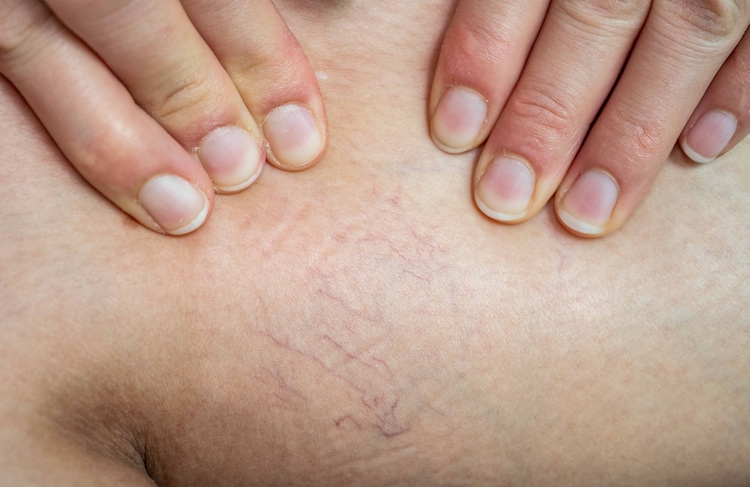What are varicose veins, a condition affecting around 60% of women worldwide?
Varicose veins, an often misunderstood and surrounded by myths, are dilated veins caused by inefficient vein valves, which lead to a number of health problems.

In short
- Varicose veins affect a significant portion of the population, causing pain and swelling
- This condition affects around 60% of women worldwide
- Risk factors for varicose veins include age, sex, genetics, long periods of standing, and obesity
Varicose veins are a common condition that is often misunderstood and surrounded by myths. They are dilated, elongated or twisted veins caused by a loss of functionality in the vein valves.
When these valves, which normally prevent blood from flowing backward, are damaged or destroyed, blood pools in the veins, causing them to enlarge. This leads to venous hypertension, leakage of fluid into nearby tissues, and the development of varicose veins.
According to Dr Achintya Sharma, Senior Consultant and In-charge, Vascular & Endovascular Surgery, Max & Tirath Ram Shah Hospital, although many people believe that varicose veins are only cosmetic, they can cause serious health problems.
Symptoms include pain, swelling, itching, skin changes, and even ulcers.
Complications such as superficial thrombophlebitis (inflammation of a vein due to a blood clot) and bleeding are common and may worsen without treatment.
The disease affects a significant portion of the population, with 40–60% of women and 15–30% of men suffering from varicose veins.

Risk factors for varicose veins include age, gender, genetics, long periods of standing, obesity, and even lifestyle habits such as smoking or wearing tight undergarments.
Despite common myths, varicose veins are not just a problem for older women. People of all ages and genders can develop varicose veins, often due to a sedentary lifestyle or a genetic predisposition.
Furthermore, there are numerous treatment options available today, many of which are minimally invasive and require little or no down time.
It is also important to dispel the myth that varicose veins inevitably return after treatment.
Adopting a healthy lifestyle by taking regular exercise, having a balanced diet, and avoiding tobacco use can help prevent varicose veins.
However, if you are experiencing symptoms, seeking professional treatment may help ease the discomfort.


